ICF vs Wood Frame: A Comparison Guide
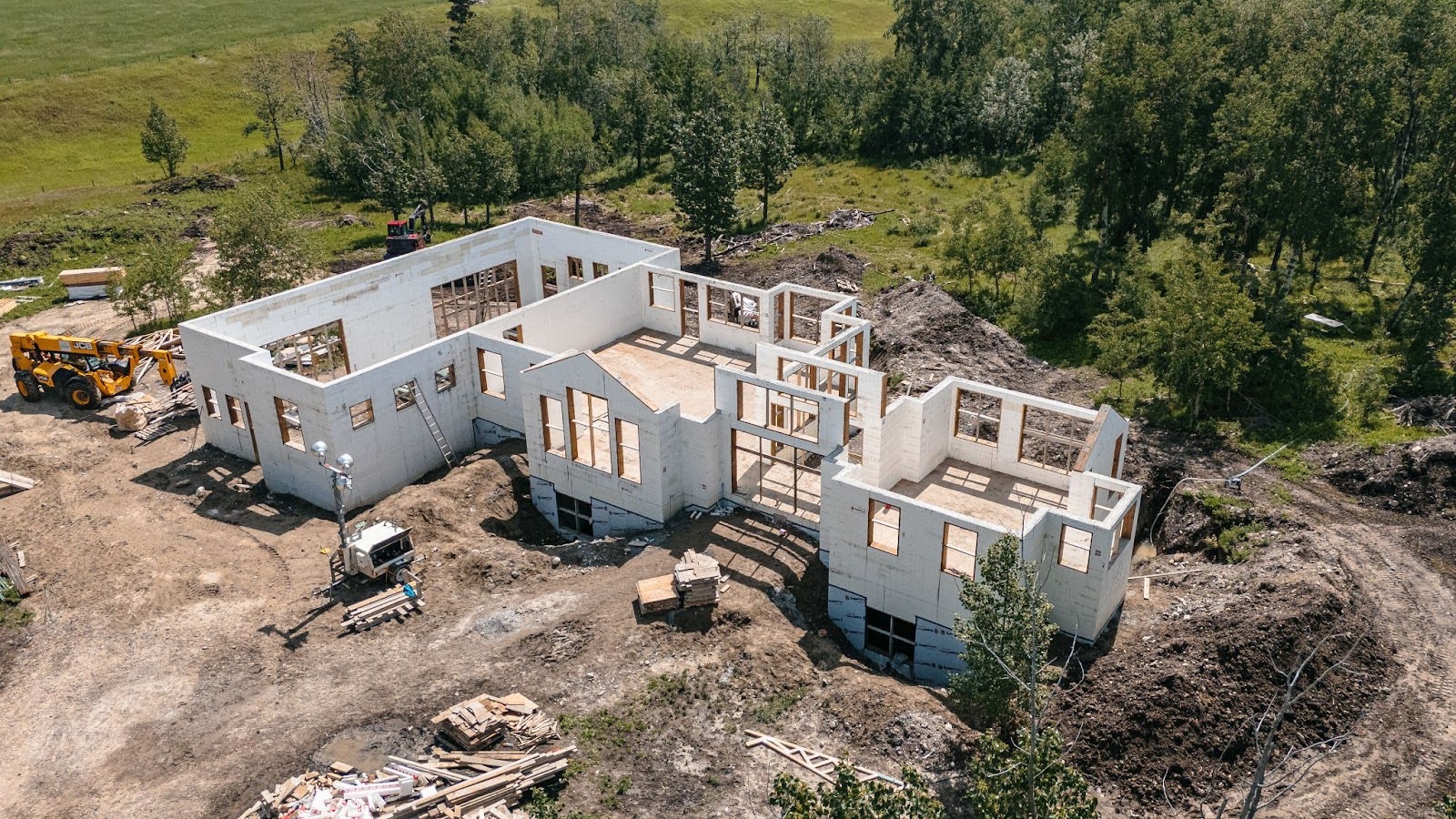
If you’re planning a new residential or commercial build, one of the most critical decisions is choosing between Insulated Concrete Forms (ICF) and traditional wood framing.
Understanding the differences between ICF vs wood frame construction can significantly impact your project, from its performance and cost to its efficiency and sustainability initiatives.
Whether you’re a contractor, architect or property owner on the build, selecting the right building method is essential for longevity and a good return on investment.
Understanding ICF and Wood Frame Construction
Uncovering the differences between ICF and wood frame construction starts with evaluating what each building method entails.
What is ICF?
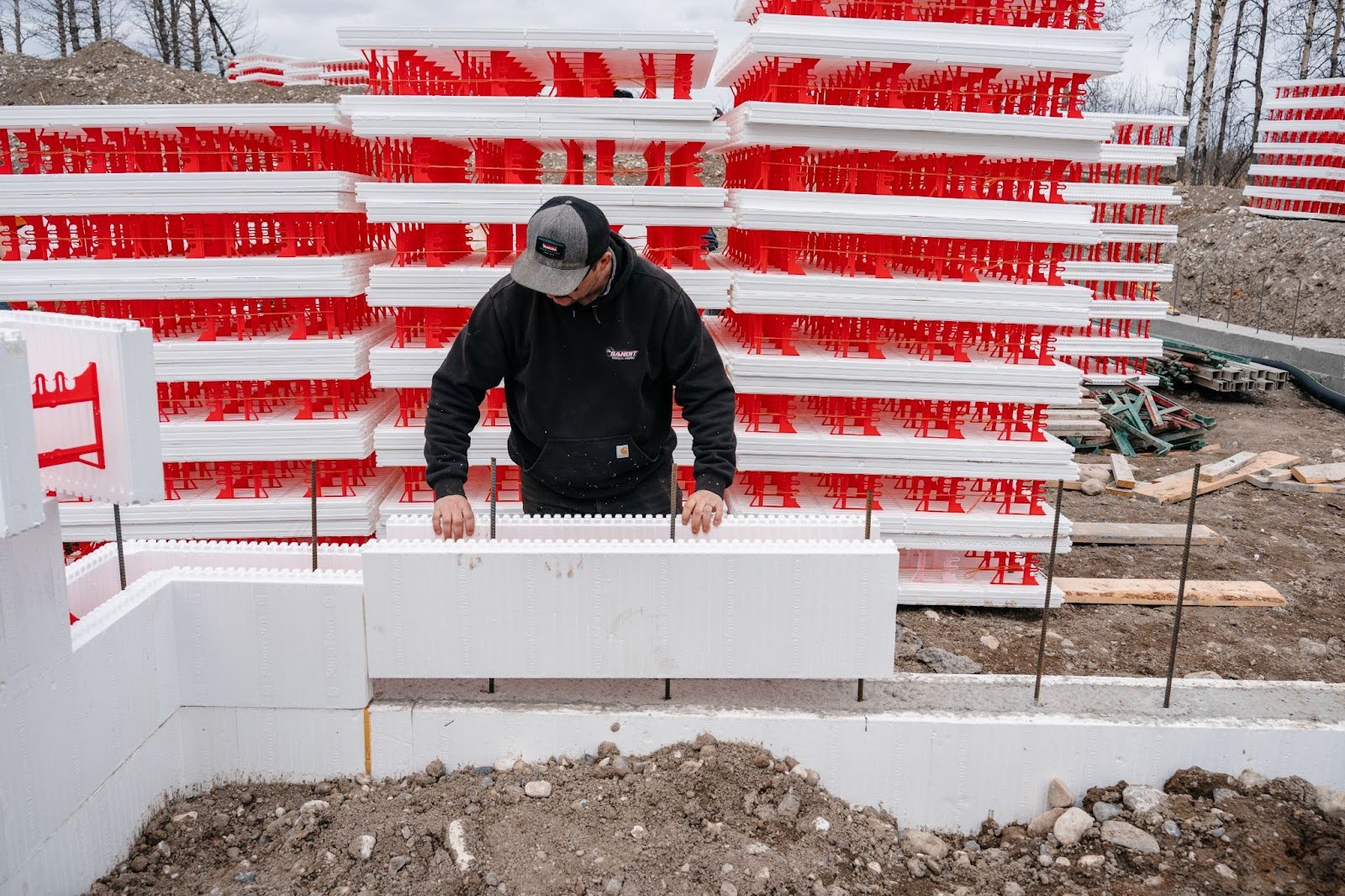
ICF blocks are made from two expanded polystyrene (EPS) panels stacked on top of each other. These are connected by a series of plastic ties and filled with concrete. Once they are set, the forms remain in place to provide continuous insulation on both sides of the wall.
ICFs combine the structural strength of reinforced concrete with high R-value insulation, offering a dual-purpose solution. You get a durable structure and a thermal barrier in one step.
What is Wood Frame Construction?
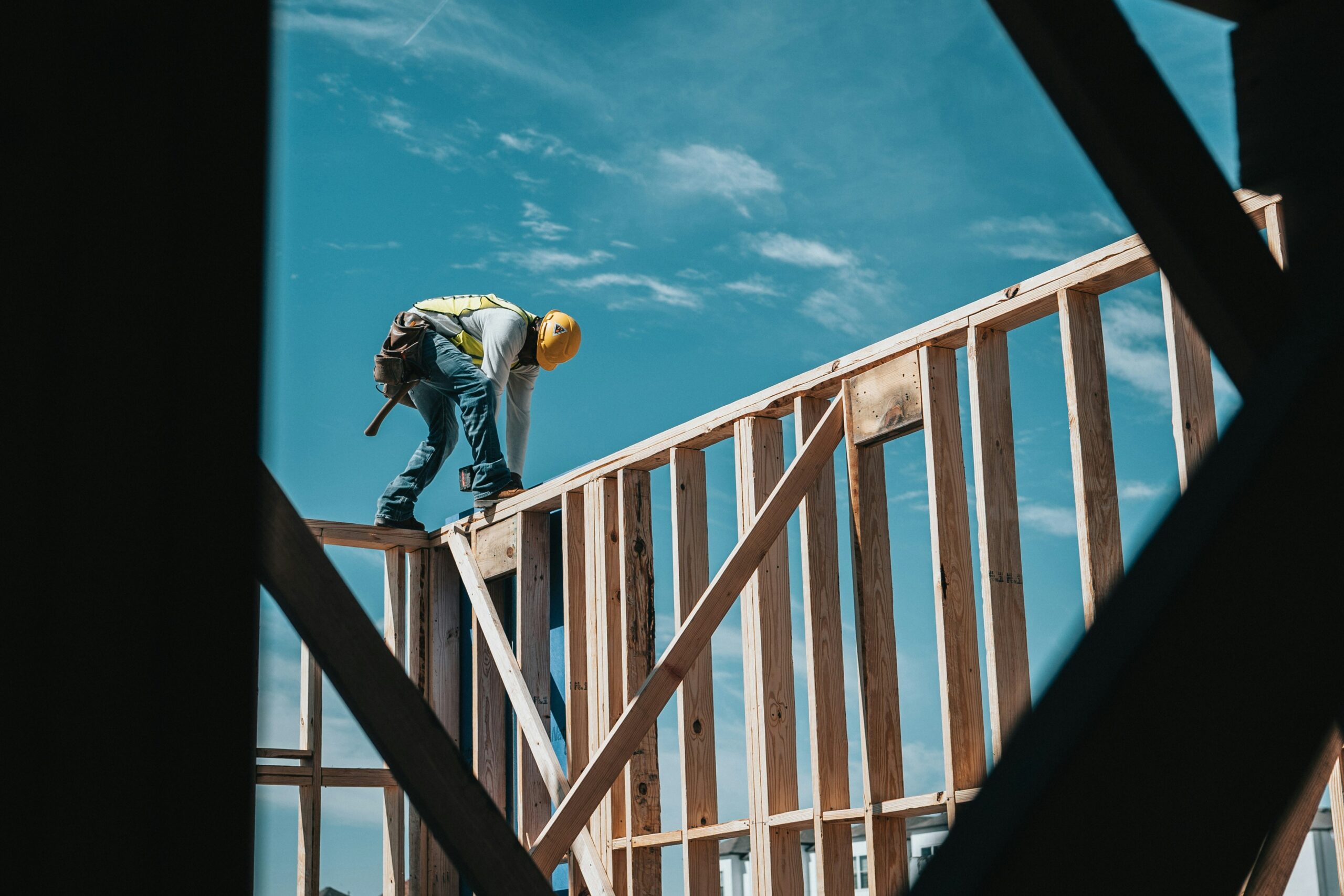
Wood frame construction, also known as “stick-built” construction, uses dimensional lumber. The main structural component is typically 2x4s or 2x6s. This is the most common building method in North America due to its material availability and lower upfront costs.
When building, walls are constructed with wooden studs, sheathing, insulation, and exterior/interior finishing. The framework supports the structure, while separate systems handle air sealing and insulation.
Performance Comparison
ICFs and wood frame construction offer distinct differences in performance, particularly in terms of energy efficiency, durability, strength, soundproofing, and comfort.
Energy Efficiency
Looking at thermal resistance, ICF walls significantly outperform wood frames. With R-values up to R-24, ICFs reduce energy consumption by up to 60% compared to traditional builds. ICFs create a tighter building envelope, reducing HVAC loads and minimizing air leakage.
Wood framing often requires additional insulation to meet basic energy codes. It is more prone to thermal bridging, which is when heat transfers through structural elements, diminishing the overall efficiency of a building.
Durability and Strength
ICFs offer exceptional resistance to natural disasters, including hurricanes, earthquakes, fires and floods. With its concrete core standing strong and stable, ICFs provide superior load-bearing capacity and longevity. Some are designed to last over 100 years with minimal maintenance.
Wood is more susceptible to damage from the elements, such as moisture damage, termites, warping and fire. Over time, these weaknesses can lead to higher repair costs and reduced structural integrity.
Soundproofing and Comfort
ICFs naturally dampen noise due to their insulation properties and mass, making them ideal for urban environments or multi-unit dwellings. Homeowners often report a noticeable difference in indoor comfort and quietness.
Wood-framed walls offer less sound insulation. They require additional materials like acoustic panels or insulation to match the performance of ICF walls.
Cost Comparison
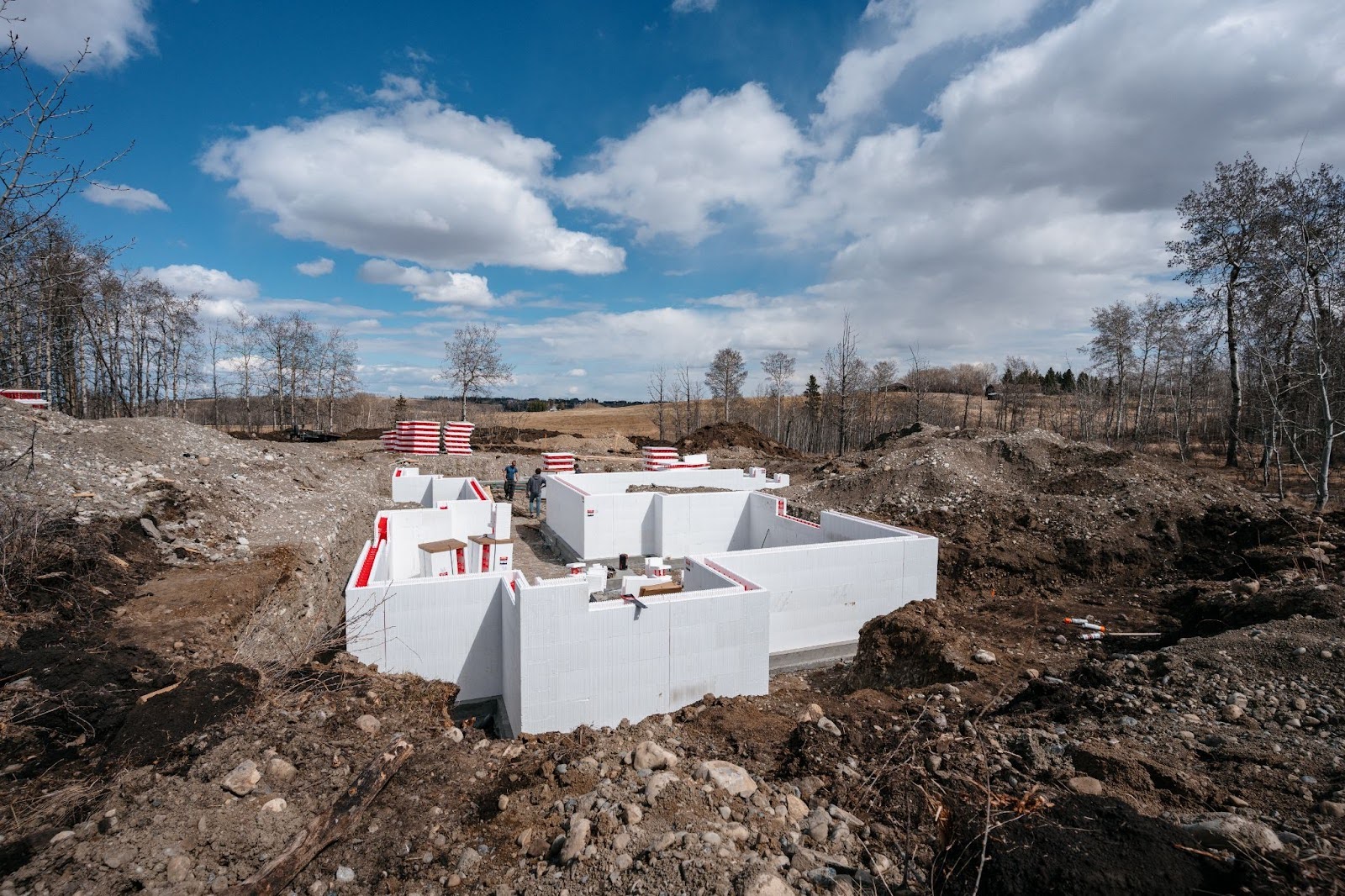
When comparing costs between the two building methods, it’s vital to look at initial costs and long-term costs to understand the overall value.
Initial Costs
ICF construction generally has a slightly higher upfront price, estimated at 3% to 5% higher than traditional wood framing. The difference is due to the material and labor costs during the pour and setup phase.
However, it’s essential to factor in what’s included in ICF construction. ICF walls provide insulation, vapor barriers and structural strength, all in one product. This offsets additional systems needed for wood framing.
Long-Term Costs
Long-term savings are where ICF construction shines. Lower energy bills, reduced maintenance, fewer repairs and better durability all contribute to substantial cost savings over time.
In contrast, wood structures may have lower initial costs but will incur higher long-term expenses due to their energy inefficiencies and maintenance upkeep.
Installation and Construction Comparison
Each material has a few differences when it comes to its installation complexity, time requirements and the amount of labor needed to a finished job.
Installation Complexity
ICF construction is a straightforward installation, but it does require trained crews for concrete pouring and alignment. Once a crew is familiar with ICF construction, builders often find the installation easier to manage due to fewer steps without the need for separate insulation or sheathing.
Wood framing, while familiar to most builders, involves multiple stages and components, including framing, sheathing, insulating, air sealing and more. This increases installation complexity and leaves more potential room for errors.
Time and Labor Requirements
ICF builds are faster due to their modular nature and all-in-one wall system. ICF products are engineered for efficient stacking and bracing, reducing time on the job site.
Wall framing often takes longer due to its required sequential tasks and the need for multiple trades to complete the building envelope. This often means higher labor costs and longer times at the job site.
Environmental Impact and Sustainability Comparison
Another difference between ICF construction and wood framing is the environmental impact and sustainable nature of each building.
Eco-Friendly Aspects of ICF
ICF systems support sustainable building by improving energy efficiency, reducing carbon footprints and contributing to LEED credits, along with other green certifications. Plus, the use of long-lasting materials with ICF minimizes waste over time, resulting in less product going to the landfill.
Additionally, ICFs help reduce HVAC sizes, limit greenhouse gas emissions and promote healthier indoor air quality through better sealing of the envelope.
Environmental Considerations for Wood Frame
Wood is a renewable resource and sustainably harvested lumber has its environmental merits. However, the overall environmental cost of deforestation, thermal inefficiencies and shorter lifespans can offset the renewability benefits of wood framing.
Wood waste on construction job sites is significant, and the energy required to process and replace damaged wood over a building’s life cycle can be substantial.
Best Use Cases
There isn’t an exact answer to which material is always the best for every build. Each building method has its best use cases for projects, and one may outperform the other in specific designs.
Ideal Projects for ICF
ICFs are ideal for projects that face:
- Extreme Climates: Whether it’s a hot and humid coastal area or a windy and cold location, ICFs can help regulate indoor temperatures for maximum comfort without overworking HVAC systems.
- Dangerous Weather Events: If a building is in a hurricane or tornado zone, ICF construction helps create a disaster-resilient structure to better protect occupants.
- Versatility Challenges: ICF is extremely versatile, working on any build from custom luxury homes to large-scale commercial or institutional buildings.
- Loud Environments: ICF is a natural soundproof material, making it beneficial for building in cities or near busy roads.
- Fast Turnaround: With an experienced team of ICF contractors, the framing process is easier and faster, ensuring timelines are met.
Ideal Projects for Wood Frame
Wood framing is ideal in a few instances, including:
- Budget-Sensitive Projects: Because of its wide availability and lower initial cost, wood framing can be a good option for projects with lower budgets.
- Renovations or Additions: Wood framing works well for residential builds, additions or remodels where compatibility with existing framing is needed. It’s also a good option for short-term structures or non-load-bearing applications.
- When Quick Hiring Is Needed: There are many qualified carpenters who are experts in wood framing, so finding a contractor to complete a wood framing job is fairly easy.
Achieve a Superior Build with SuperForm ICF Construction
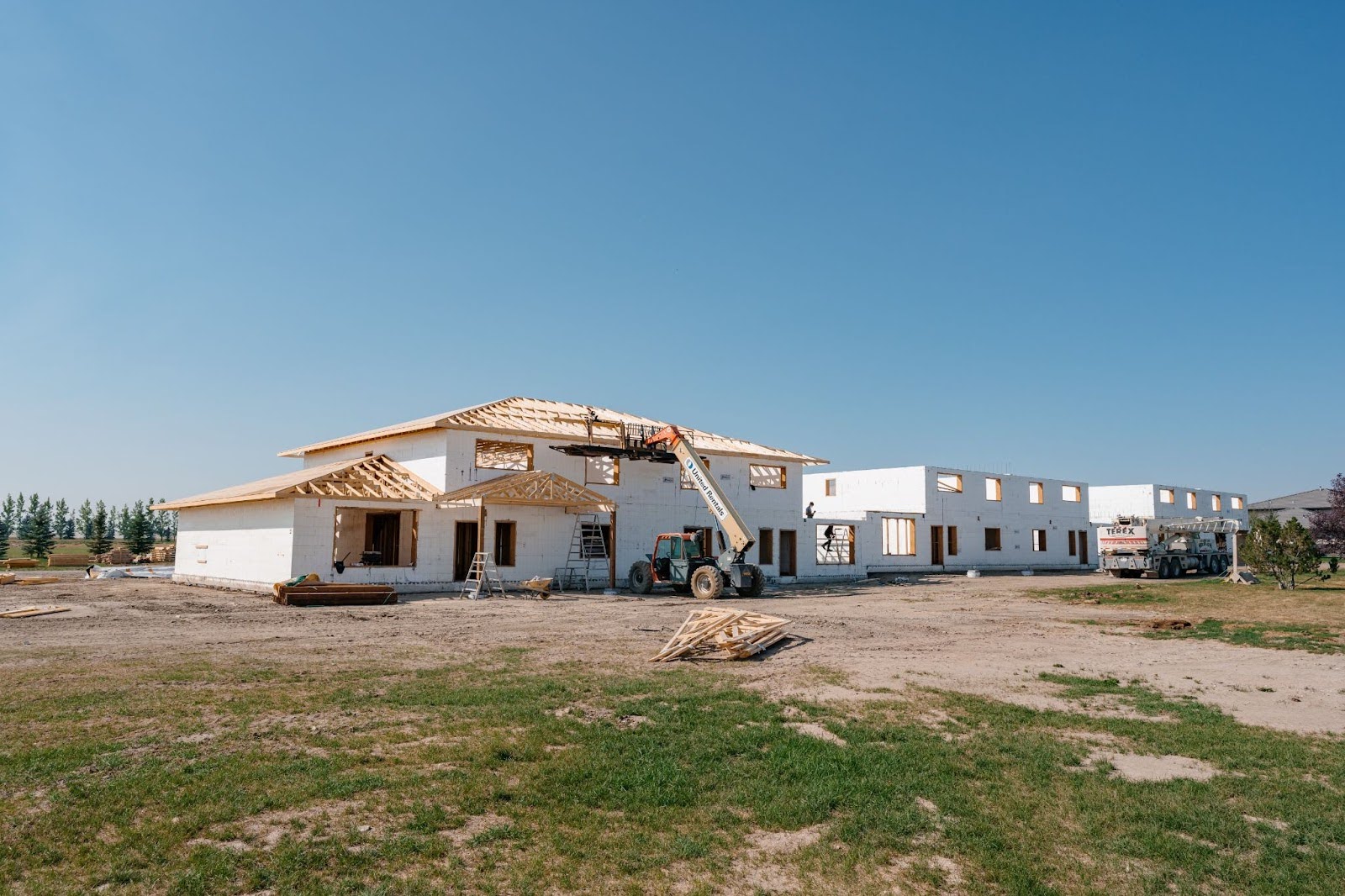
When weighing ICF vs wood framing, there’s no one-size-fits-all answer. However, the differences are clear.
ICF construction offers superior energy efficiency, strength, soundproofing, sustainability and long-term value. While wood framing remains cost-effective for certain builds, ICF is the future of construction due to its durability and performance.
At SuperForm, our ICF products are designed to take your projects to the next level. By maximizing your budget, providing superior performance and simplifying the installation process, our ICFs are designed with builders, designers and homeowners in mind.
To explore how SuperForm can enhance your next build, contact our team. We are happy to discuss product details, job specifics and answer any questions you may have about our ICF solutions.

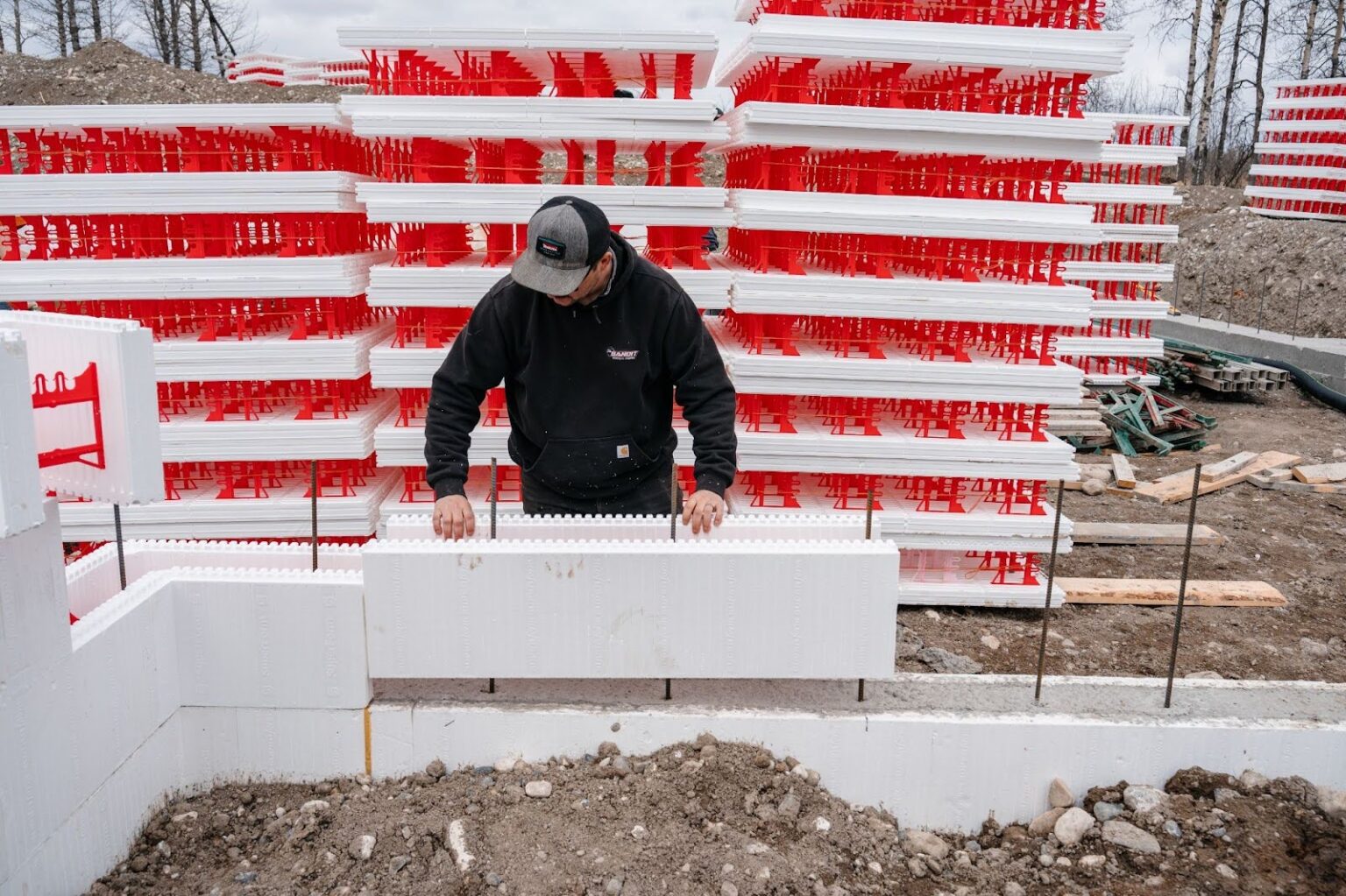

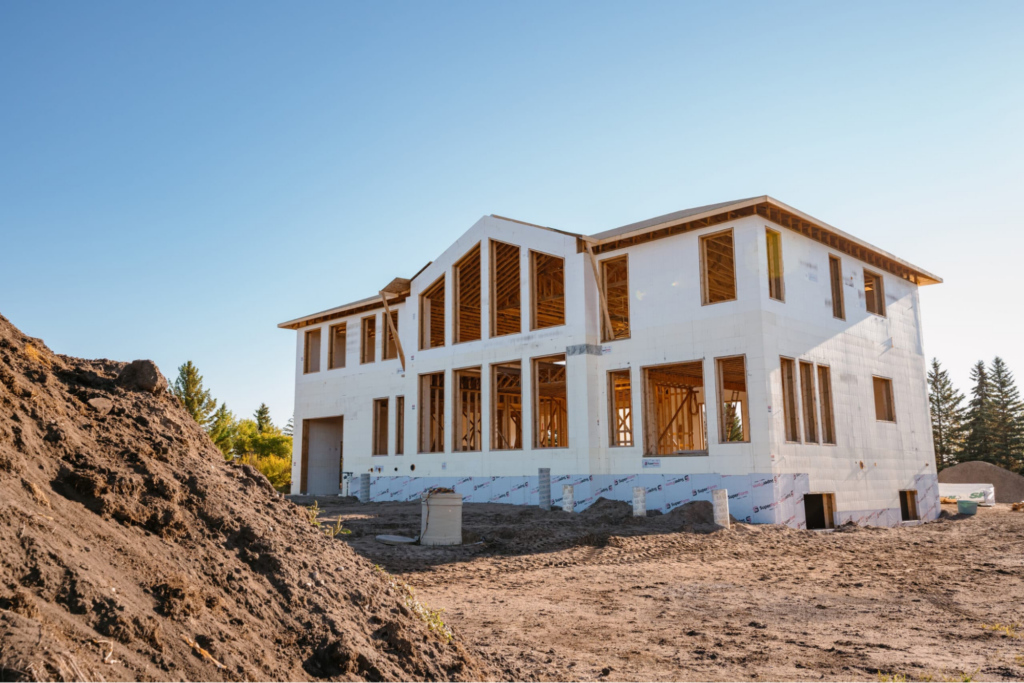
-min.jpg)
